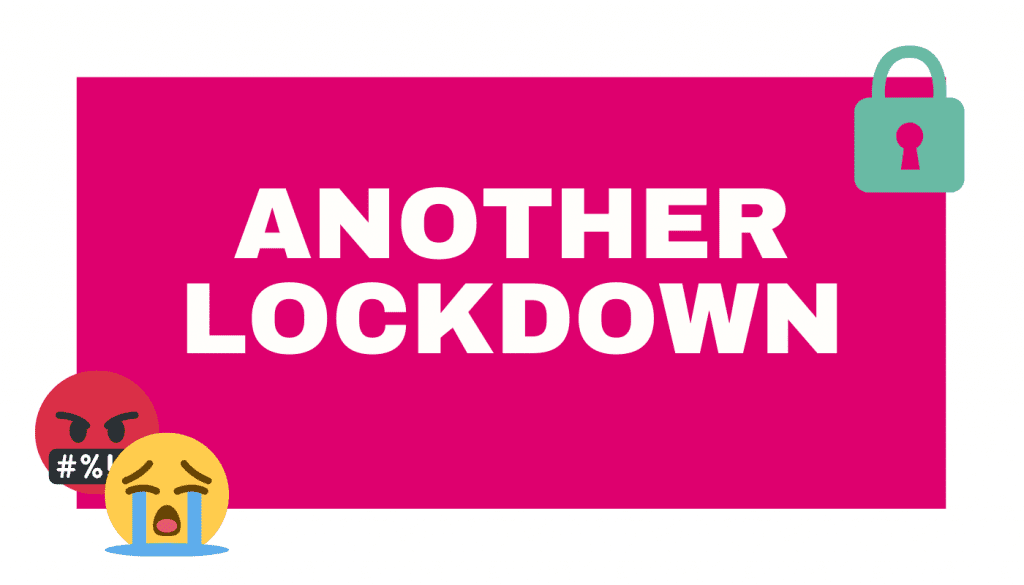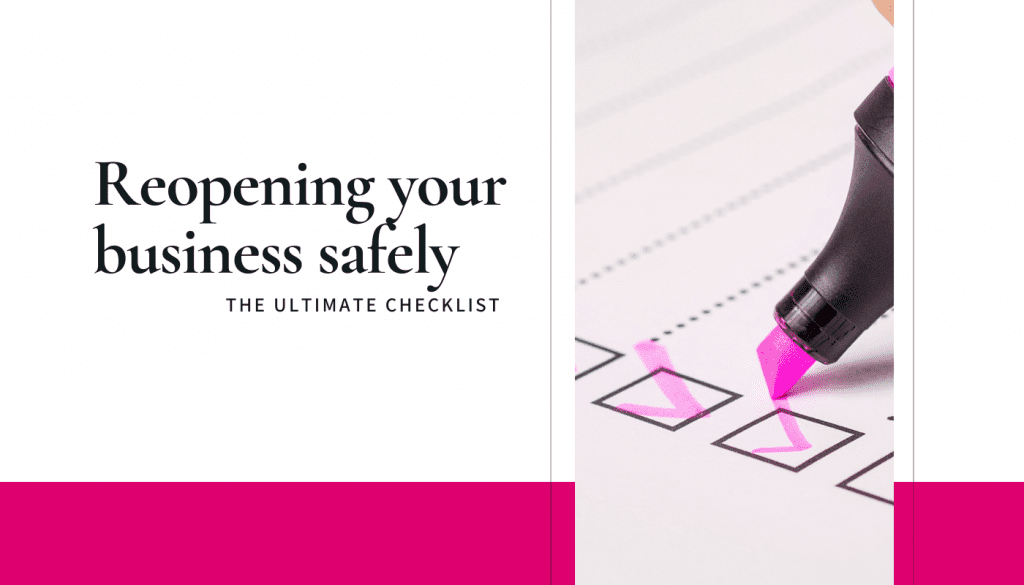
Even though there are no longer any legal covid-19 restrictions in England, here at 1 Accounts we will be keeping…

Even though there are no longer any legal covid-19 restrictions in England, here at 1 Accounts we will be keeping…

We are coming up to a year now of being frozen in time. In fact, it’s starting to feel very…

The Coronavirus pandemic has caused a lot of us to suffer from worry and anxiety over these past few months….

Yesterday the English government formally announced it’s 4 steps out of lockdown and all social distancing restrictions. The welsh and…

Lockdown 3.0 has felt like an eternity. However, there is a light at the end of the tunnel with the…

As we keep plunging deeper into a global recession, it can be tempting to panic and dither with decisions, but…

The pandemic may have forced hundreds of businesses to convert from co-located teams to 100% virtual teams in a matter…

Yesterday the Scottish and English governments announced national lockdowns with schools being closed. The net result being all of England…

We may not know when things will be going back to normal, even now that a Covid vaccine is on…

As most working professionals spend a third of their time at work, it’s been a massive adjustment for the millions…